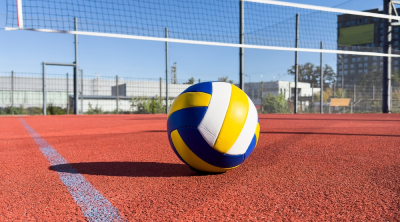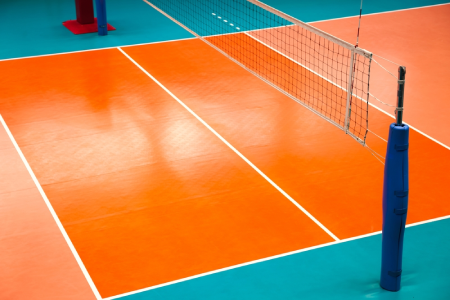
If you think volleyball is just about rotating around the court, think again. Every player has a distinct job, and each role is critical to a team’s success. Understanding the different positions in volleyball helps players, coaches, and fans make sense of what’s happening on the court and how each volleyball positions contributes to the game.
Whether you’re new to the sport or brushing up on your knowledge, here’s a breakdown of the 7 positions in volleyball, including their volleyball number positions and on-court responsibilities.

Content
Outside Hitter
The outside hitter is often the go-to attacker on the team. They play on the front left side of the court and are a reliable option in both offense and defense.
- Plays position 4 in the volleyball court positions
- Primary job is attacking balls from the left side
- Often serves and plays in the back row
- Must be strong in passing and digging
This position requires all-around skill and consistency. Outside hitters are typically high scorers and often lead the team in kills.
Opposite Hitter
Positioned directly opposite the setter in the rotation, the opposite hitter is known for blocking and attacking from the right side.
- Plays in position 2 on the court
- Key blocker against the opponent’s outside hitter
- Supports back row defense and setting, when needed
- Not always involved in passing rotations
The opposite hitter is often a physical and strategic powerhouse who anchors the right side with reliable hits and blocks.
Middle Blocker
Standing tall at the net, the middle blocker is a team’s first line of defense. Their main job is to read the setter and block opposing hitters.
- Occupies position 3 in the volleyball number positions
- Specializes in quick attacks and jump timing
- Key player in reading opponents’ offenses
- Often substituted in back row with a defensive specialist or libero
Agility, timing, and vertical reach are essential traits for successful middle blockers.
Setter
Think of the setter as the quarterback of a volleyball positions. They dictate the flow of offense by setting the ball for attackers.
- Typically starts in position 1 or 2 depending on rotation
- Orchestrates the offense by delivering accurate sets
- Must be agile, communicative, and quick-thinking
- Covers a lot of ground on the court
The setter is responsible for decision-making under pressure and ensuring each attacker is in position to score.
Libero
The libero wears a different jersey and has a different role from the rest of the team. They are the defensive anchor and are restricted from front-row play.
- Cannot attack above the net or serve in most leagues
- Specializes in digging and serve-receive
- Replaces back row players, especially middle blockers
- Provides consistent ball control and passing
Libero’s presence improves team defense and passing efficiency, making them essential to modern volleyball.
Defensive Specialist
While similar to a libero, the defensive specialist has more flexibility but plays fewer rotations.
- Can serve and play any position in the back row
- Brought in for players with weaker passing
- Valuable in serve-receive and defense
- Doesn’t wear a different jersey like the libero
Teams rely on defensive specialists to maintain momentum and plug defensive gaps, especially during critical rallies.
Serving Specialist
Not every player excels at serving, and that’s where the serving specialist comes in. Their role is situational but impactful.
- Enters the game to serve in crucial moments
- Known for accuracy, power, or tactical float serves
- Usually plays only one rotation before being subbed out
- Enhances team strategy during tight matches
The serving specialist may not always be on the court, but their contribution often shifts momentum.
Understanding Volleyball Court Positions

Volleyball court is divided into six zones: three in the front row (positions 4, 3, and 2) and three in the back row (positions 5, 6, and 1). Each player rotates through these volleyball number positions, but their roles and responsibilities remain specific to their position.
Learning these positions helps decode the flow of the game and the tactical decisions behind every rotation.
Conclusion
The 7 positions in volleyball each serve a distinct purpose and require unique skills. From the powerful outside hitter to the strategic setter and the dependable libero, understanding these roles enhances both gameplay and viewing experience. As players master their volleyball positions and roles, they contribute more effectively to their team’s success. Next time you watch or play, notice how each role fits into the larger game strategy.
FAQs About Volleyball Positions
Q: What is the most important position in volleyball?
While all positions are crucial, many consider the setter the most important due to their responsibility in directing the offense and facilitating team coordination.
Q: Can a libero serve in volleyball?
In some rule sets, yes. The libero can serve in one rotation but cannot attack the ball above the net or rotate to the front row.

Eldon Barrett’s knowledge of sports is boundless. His in-depth analysis and captivating storytelling will make you see the games you love in a whole new light.
